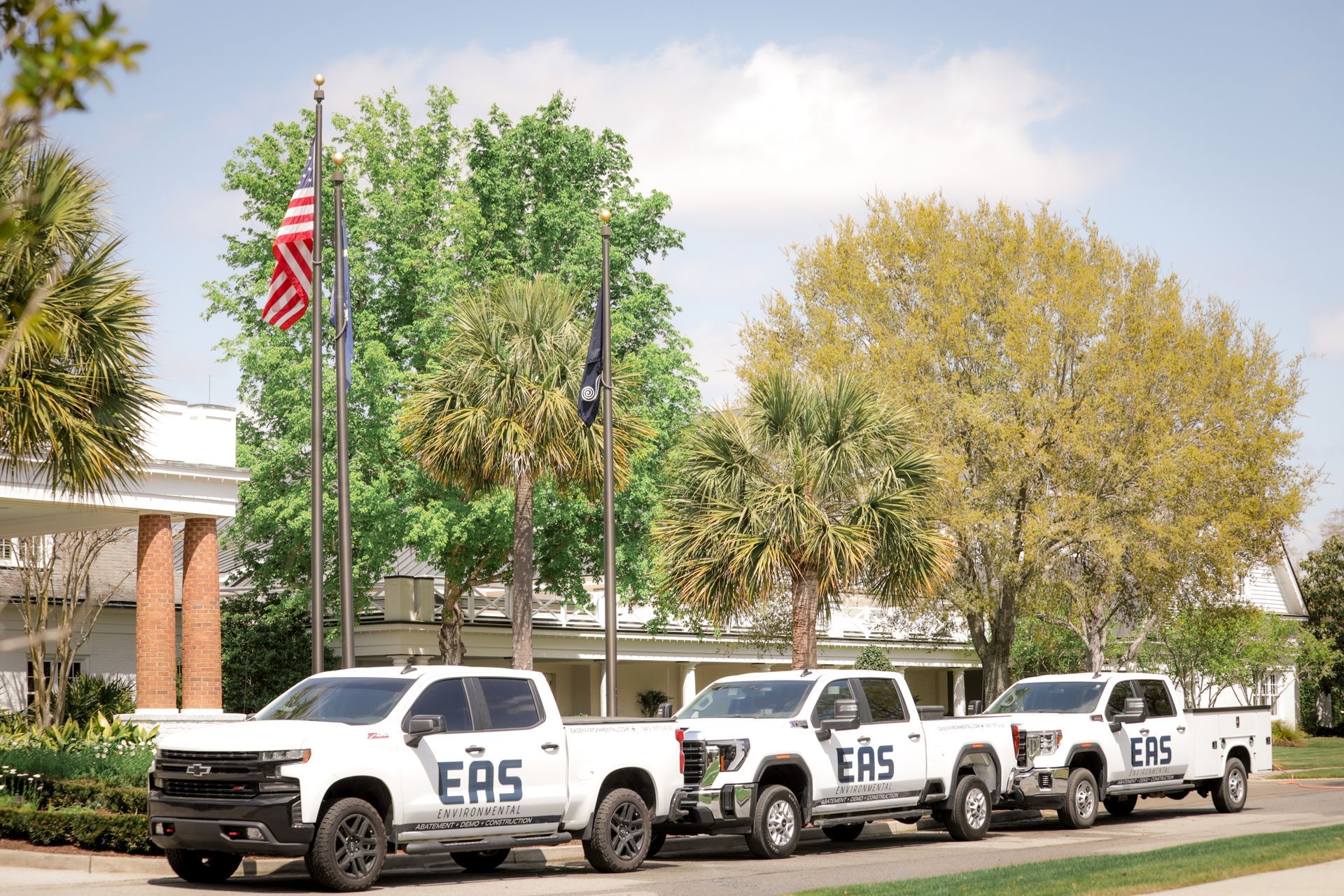
Crawl spaces are an essential, yet often overlooked part of our homes. These areas bear the responsibility of supporting the structure, but when water intrusion becomes a problem, they can transform into a breeding ground for issues like mold, rot, and structural damage. In this blog, we will explore the importance of proper crawl space water removal and the solutions that allow homeowners to bid farewell to water-related worries.
Why Timely Water Removal in the Crawl Space Is Crucial for Your Home
Timely water removal in the crawl space is a fundamental step to safeguard your home against a range of potential problems. When water infiltrates this often-neglected area, it sets the stage for issues like mold growth, wood rot, and structural damage. These problems can spread and escalate rapidly if left unchecked, ultimately compromising your home's structural integrity and indoor air quality, making it clear why addressing water intrusion promptly is crucial.
Effective water removal solutions, such as sump pumps or drainage systems, are essential to maintain a dry crawl space and prevent moisture-related damage. These systems efficiently expel water, ensuring your crawl space remains a dry, healthy, and durable part of your home. By addressing water issues in a timely manner, you not only protect your investment but also ensure a safe and comfortable living environment for you and your family.
Preventing Water Damage: The Role of Crawl Space Water Removal
Crawl space water removal plays a pivotal role in preventing water damage to your home. Excess moisture in this subterranean area can lead to a host of issues, including mold growth, wood rot, and compromised structural integrity. By investing in effective water removal solutions such as sump pumps and drainage systems, you create a safeguard against these problems, ensuring that your crawl space remains dry and resilient.
Proactive prevention is key to mitigating potential water damage. By addressing water intrusion issues promptly, you not only protect your home but also reduce the risk of costly repairs and health concerns associated with mold and damp conditions. Crawl space water removal isn't just about keeping this often-overlooked space dry; it's about preserving the well-being and longevity of your entire home.
The Benefits of Investing in Crawl Space Water Removal Services
Investing in professional crawl space water removal services is a wise decision for homeowners concerned about safeguarding their property against water-related issues. These services offer a range of benefits, including the prevention of mold growth, wood rot, and structural damage by efficiently eliminating excess moisture. Crawl space water removal services, such as sump pump installation and drainage system maintenance, ensure your space remains dry, creating a healthier indoor environment and prolonging the longevity of your home.
Additionally, these services provide peace of mind, knowing that your crawl space is well-protected from water intrusion. By investing in water removal, you not only save on potential repair costs and health concerns but also enhance the overall value and safety of your home. It's a smart and cost-effective measure that contributes to your home's durability and the well-being of its inhabitants.
FAQs
Contact EAS Environmental Today!
EAS Environmental will do everything we can to ensure your experience with us is excellent.
Request A FREE Estimate
Request a Free Estimate Form
Checkout Recent Post




Got a Question? We’re Here to Help.
You can arrange an appointment or make an enquiry by phone or email, orget in touch to us via our contact form.

